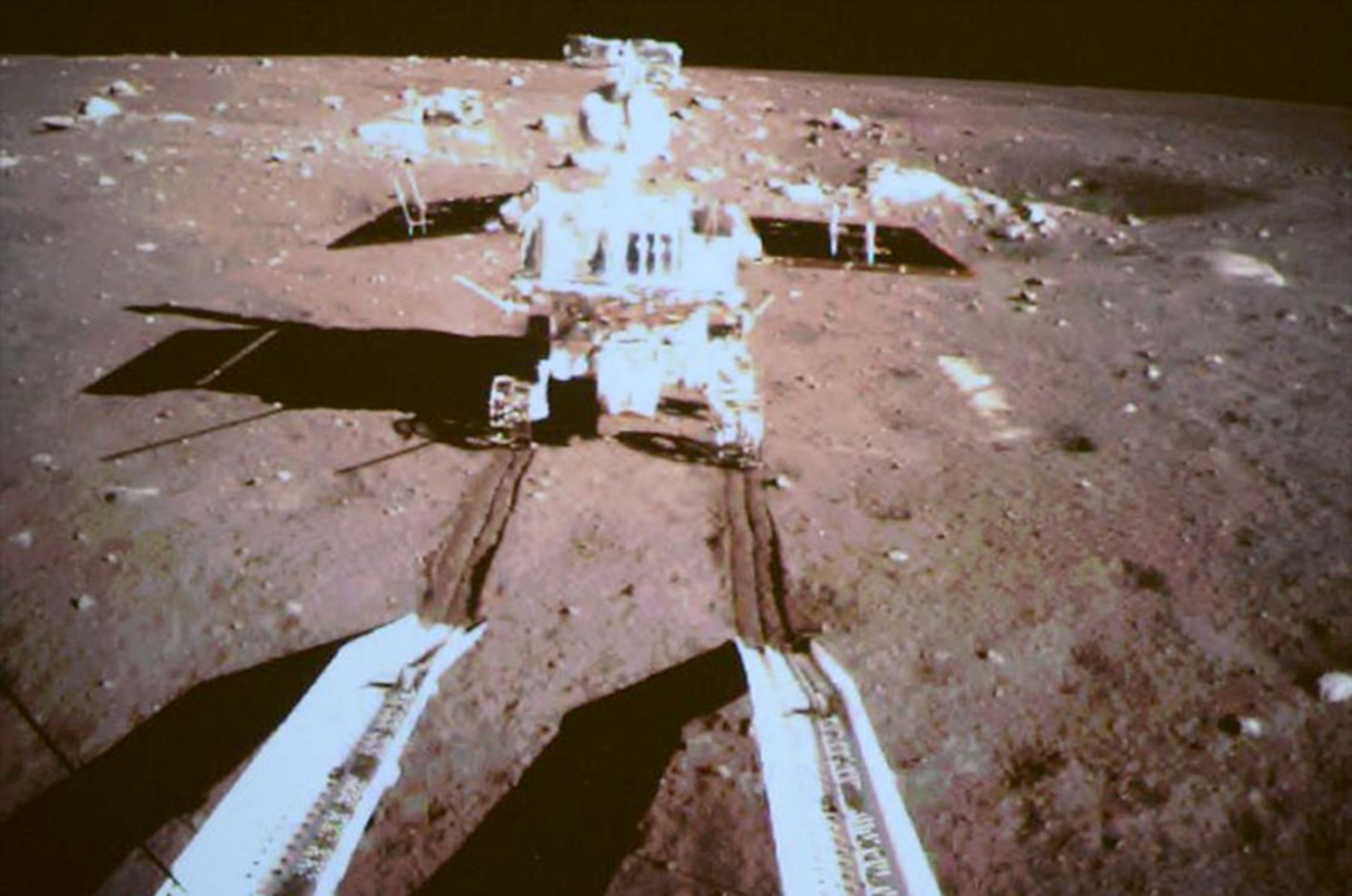Dylan Lynch
Staff Writer
By the time you have finished reading this sentence, the sun will have spun you and your planetary spaceship ‘Earth’ almost 238 kilometres around itself. In one hour, it will carry you roughly 107,300 km. Galaxies millions of light years away are bursting into life, comets are colliding and stars are withering away or bursting into giant supernovae. Yet despite all of the probes and telescopes shot out into the expanse of the Universe, how far has mankind actually gone? The furthest from home that man has ever set foot is the moon, which may seem like quite a feat at a first glance. But as web-comic writer Randall Munroe puts it, “If Earth were the size of a basketball, in our 40 years of exploration no human has been further than half an inch above its surface”. So how are we working as a race to further explore the cosmos?
Nasa is probably one of the first names that comes to mind when you think of space travel and rocket missions. The National Aeronautics and Space Administration was responsible for putting Neil Armstrong on the moon in 1969, the development and deployment of the Hubble Telescope and of course the Spirit Rover mission, which turned 10 years old on 4th January. But what does Nasa have planned for the future? Unfortunately due to budget cuts, many potentially beneficial programs have been cancelled or postponed. However, one of the projects has only been postponed until 2025: the Orion deep-space capsule. This capsule, once fully developed, will hopefully be able to bring astronauts to and from the moon and withstand re-entry speeds of over 32,000 km/h. Although the capsule was initially meant to be launched in 2014, President Obama postponed it due to over budgeting and being behind schedule. Instead it is hoped that travel to comets will be possible for astronauts in 2025, and travel to Mars (using the same technology) in 2035.
“Research into space exploration has provided us with a huge amount of technological advances in the last 50 years.”
The rover and lander had already separated and taken pictures of each other on the moon just hours after their landing on 14th December, according to Dr. Zheng Yongchun of National Astronomical Observatories of China. He wrote on a forum for lunar scientists that judging from the pictures, the lunar soil may be much more compact than earlier suspected as the lander and rover did not make as big a footprint in the soil as expected. “The footprint of the Lander (weight about 1000 kg) and the wheelmarker of the Jade Rabbit (weight about 140 kg) are much shallower than prospected… Maybe the lunar surface soil is much [more] compact. The surface can support much heavier payloads than ever.”
Unfortunately, with harsh budget cuts and dwindling public interest, space exploration is losing funding and thus our dreams of travel beyond our solar system are diminishing fast. The main issue seems to be that people argue space travel hasn’t benefited life on Earth in any way, that the money spent on NASA could be used to better the planet we already live on instead of trying to find another. However what this portion of the public seem to realise is that the research into space exploration has provided us with a huge amount of technological advances in the last 50 years. Everything from Radiation-Blocking sunglasses and Firefighter Breathing Apparatus, to Solar Powered Electricity Generation and Automatic Insulin Pumps can be attributed in some way to the research done by Nasa and ESA.
So what does the future hold for us in terms of space exploration? The most promising answer is the colonization of the red planet, Mars. There is currently a program for ordinary citizens to go on an expedition to the planet but there is a catch: due to fuel constraints, you won’t ever be able to return. The mission, titled Mars One, was set up by two Dutch men in 2011 with the hope of having 24 individuals living there permanently by 2025. The selection process has already passed its first round (as of 2nd January 2014), and there is a shortlist of just 1,058 people from the 200,000 original applicants. Trinity-graduate and Science Gallery Research Projects Coordinator Dr Joseph Roche entered the spolight recently as one of only three Irish applicants to make the cut. If the mission takes off, we could even see plans for this sort of colonization on Titan, Saturn’s largest moon in our lifetimes.
Now is a very exciting time to be alive. With new possibilities and technologies being formed every day and the ever growing list of possibly-habitable worlds; the next great step for humanity seems to be a step onto another planet. While you or I may not explore the outer cosmos in our lifetime, we are laying the invaluable foundations that will allow our children or grandchildren to venture out into the Universe.






